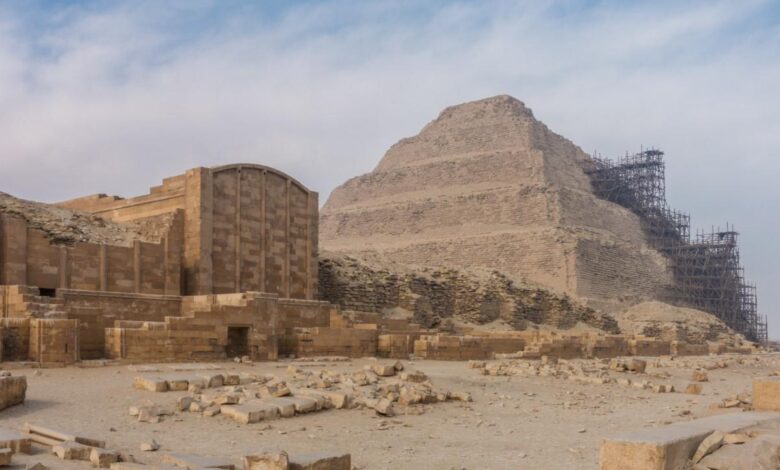Oldest known mummification how-to guide reveals gruesome embalming details

[ad_1]
An ancient Egyptian papyrus version of “Mummification for Dummies” has been revealed by a Danish Egyptologist as the oldest how-to guide yet found.
The detailed instructions on the circa 3,500-year-old papyrus adds details to the only two other guides known and predates them by more than 1,000 years. The papyrus is more than 19 feet long, according to a release from the University of Copenhagen last week.
The papyrus, known as the Papyrus Louvre-Carlsberg manuscript, had been in two pieces, one at the Louvre Museum in Paris and the other in the University of Copenhagen’s Papyrus Carlsberg Collection.
The two parts of the sheet previously belonged to private collectors and several parts of it are still missing.
WORLD’S OLDEST BREWERY UNEARTHED IN EGYPT’S ANCIENT CITY OF ABYDOS ARCHAEOLOGISTS SAYS
This is the first time the Copenhagen half, which adds gruesome details on embalming mummies to the Paris half, has been translated, Live Science reported.
Written evidence on ancient Egyptian embalming methods is scarce as mummification was considered a sacred art for an elite few and Egyptologists believe the practice was mainly passed down by word of mouth, the university’s release said.
Only two other ancient mummification guides have previously been found.
The new sheets gives “extremely detailed” descriptions that were left out of the previous discoveries, including the process of embalming the person’s face.
ARCHAEOLOGISTS IN EGYPT UNCOVER 2,000-YEAR-OLD MUMMY WITH GOLD TONGUE
“We get a list of ingredients for a remedy consisting largely of plant-based aromatic substances and binders that are cooked into a liquid, with which the embalmers coat a piece of red linen,” Egyptologist Sofie Schiødt, from the University of Copenhagen, said in the release.
Schiødt teased details from the papyrus translated for her Ph.D. thesis, which will be published in full next year.
“The red linen is then applied to the dead person’s face in order to encase it in a protective cocoon of fragrant and anti-bacterial matter,” she continued. “This process was repeated at four-day intervals.”
Schiødt added the guide specifies the embalmer must work on the corpse every four days, which would be marked by a ritual procession of the body for a total of 17 processions.
“In between the four-day intervals, the body was covered with cloth and overlaid with straw infused with aromatics to keep away insects and scavengers,” she added.
The mummy was finished on day 68 and then “placed in the coffin, after which the final days were spent on ritual activities allowing the deceased to live on in the afterlife,” Schiødt wrote.
CLICK HERE TO GET THE FOX NEWS APP
The embalming section is only part of the information included on the papyrus, which also gives information on medical recipes, herbs and skin diseases, Live Science reported.
[ad_2]
Source link





